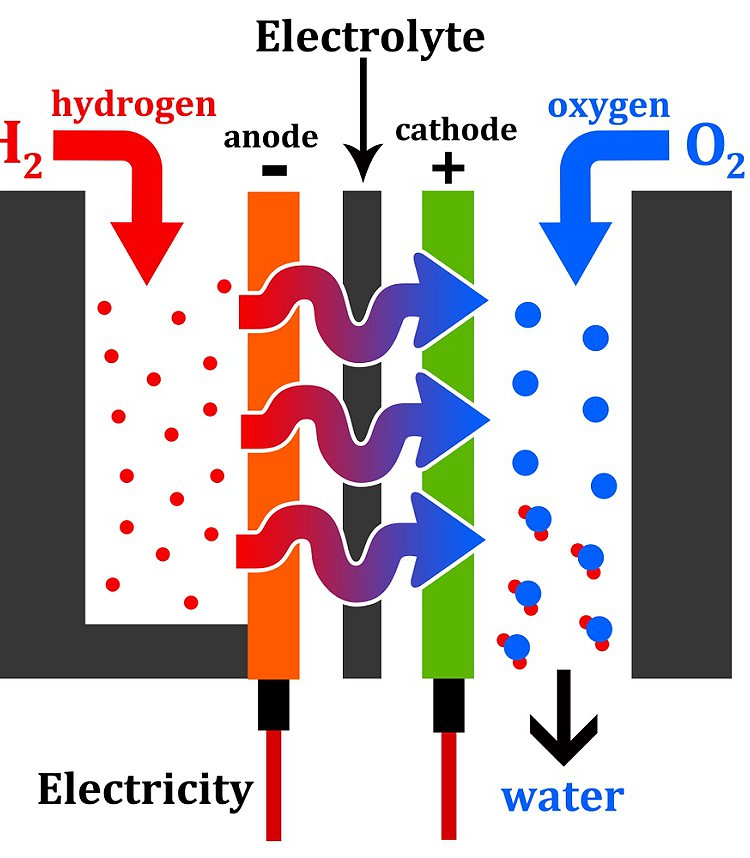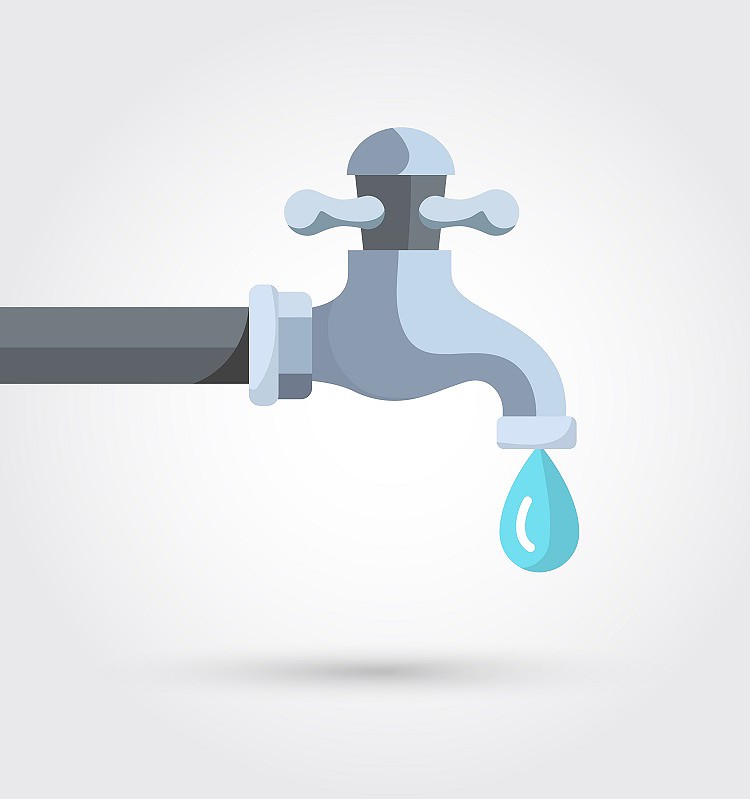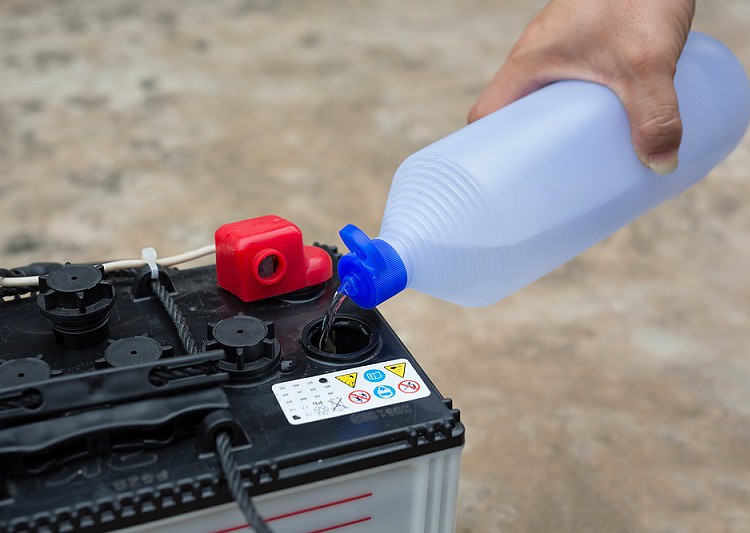Some types of boat batteries need water added to them. You have probably heard this, and you’re wondering if you should add water to your own batteries.
But what type of water should you use? Does it matter, or is there some specific type or purity of water that you will have to buy?
Is battery water the same as distilled water, or is it something else altogether? Does it matter whether you use battery water, distilled water, or tap water?
For that matter, what types of batteries need water added to begin with?
This article will explore the answers to all of these questions and more.
Table of Contents
Is Battery Water the Same as Distilled Water?

Distilled water is frequently used in certain batteries, but it isn’t necessarily the same thing as battery water. “Battery water” refers to a more specific blend of water and chemicals used to make these batteries work.
Battery water is the liquid found inside flooded lead-acid batteries. It is a mixture of water and sulfuric acid, more commonly called “battery acid” or “electrolyte.” The liquid converts energy into an electrical charge, allowing a stream of power to flow through the battery.
Because water escapes and evaporates whenever the battery is in use, the fluid levels inside the battery have to be regularly replaced. You use distilled water to replace the water that has evaporated–there is no need to add sulfuric acid, as this remains inside the battery even as the water evaporates.
Distilled water should be used because it is free of minerals that can cause chemical changes inside the battery. The water is completely pure, so it doesn’t change the overall content of the battery fluid.
Distilled water is not the same as battery water, but is used as a component in battery water. When adding water to batteries, you should always use distilled water. This is a part of the regular maintenance necessary to preserve the lifespan of your flooded lead-acid batteries.
Can You Put Tap Water in Batteries?

Technically, you can use tap water instead of distilled water in your batteries, but doing so is not a good idea.
Tap water contains many minerals and several added chemicals for purification. These minerals and chemicals will mix with the sulfuric acid in the electrolyte, changing its properties and potentially even its overall chemical structure.
At best, this will shorten the battery’s lifespan, as impurities and chemical changes in the electrolyte will eventually corrupt other internal components of the battery.
Even while the battery is still usable, you may experience other problems as well. Performance issues such as frequent sputtering or shorting out, trouble starting your engines, and discharging more quickly are all possible side effects of using tap water in your battery.
To avoid causing serious damage to the battery, always use distilled water when replacing the evaporated battery fluid for best results.
Do All Batteries Require Water?

Only flooded lead-acid batteries require water. These types of batteries work because the battery acid converts stored energy into electrical power. The acid heats up during the process, which produces steam (or fumes) that must be vented through the battery.
Because water evaporates when steam escapes through the vents, it must be replaced from time to time by adding distilled water to the battery cells.
Again, this is the process for how flooded lead-acid batteries work. These batteries are not to be confused with sealed lead-acid batteries such as AGM and gel batteries.
Both of these advanced battery types use a sulfuric acid electrolyte, but the process and design is a little different.
In an AGM battery, a small amount of battery acid is suspended in a fiberglass mat that doesn’t allow it to evaporate or spill. With gel batteries, the electrolyte is in a gel form that doesn’t spill or evaporate.
Once AGM and gel batteries have used up the electrolyte, they must be replaced–you cannot simply replenish their fluid levels by adding water. That said, they typically last much longer than flooded lead-acid batteries, even if you are following a proper maintenance routine for your flooded batteries.
The fourth type of battery, those made of lithium, are a different type altogether, as they use a different electrolyte that is not suspended in fluid. Lithium batteries last much longer than any other type of rechargeable marine battery and don’t ever need water added.
Again, you only need to add water to flooded lead-acid batteries. There should be caps on top of each cell that you can remove to add the water; if your battery doesn’t have these caps, then you have some other type of battery and shouldn’t attempt to add water.
Conclusion
Battery water is not the same thing as distilled water, but distilled water is often added to batteries to replace the water that evaporates from them. Only lead-acid batteries need this water added from time to time as part of their regular maintenance.
You should always use distilled water when adding water to your batteries, as tap water can cause chemical changes to the fluid and add impurities that can damage the battery’s internal components.
Only flooded lead-acid batteries need water added; other battery types, such as AGM, gel, and lithium, are designed to be maintenance-free and would not work properly if you tried to add water to them.

Sarah Hood has been writing for Anchor Travel since 2021. When she’s not writing, she enjoys cooking, singing, and spending time in the great outdoors.

